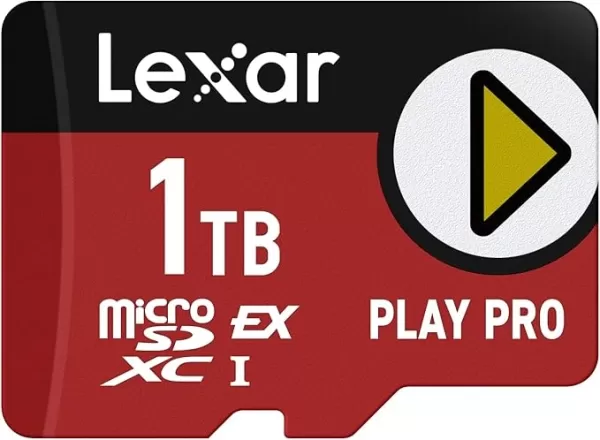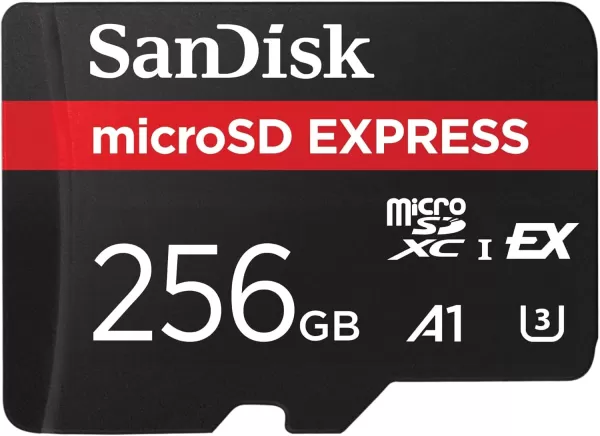Last week, Nintendo unveiled the Nintendo Switch 2, sparking excitement among gamers. One notable aspect of the announcement was the console's exclusive support for MicroSD Express cards for expansion. While this may be inconvenient for those with existing collections of MicroSD cards, the decision is rooted in performance. MicroSD Express cards offer significantly faster read/write speeds, closely matching the Universal Flash Storage (UFS) used in the Switch 2's internal storage. This means games stored on these cards can theoretically load as quickly as those on internal storage, enhancing the gaming experience at the cost of compatibility with slower, cheaper MicroSD cards.
MicroSD vs. MicroSD Express
The evolution of MicroSD cards has seen multiple speed ratings over the years. Starting at a modest 12.5MB/s with the initial SD cards, speeds have progressively increased, culminating in the SD UHS III standard at 312MB/s. However, the introduction of the SD Express standard five years ago marked a significant leap forward, leveraging a PCIe 3.1 interface instead of the slower UHS-I. This change allows full-sized SD Express cards to achieve transfer speeds up to an impressive 3,940MB/s. MicroSD Express cards, while not as fast as their full-sized counterparts, still offer substantial performance, reaching speeds up to 985MB/s—three times faster than the best non-Express MicroSD cards.
Why Does the Switch 2 Require MicroSD Express?
Nintendo's choice to require MicroSD Express cards for the Switch 2 is primarily driven by the need for speed. With the internal storage upgraded to UFS from eMMC, matching the speed of external storage becomes crucial. This ensures that games on external cards can load as quickly as those installed internally, which is vital for maintaining performance consistency. Early demos have shown that the Switch 2 significantly reduces load times, with improvements ranging from 35% for fast travel in games like Breath of the Wild to a threefold increase in initial load times, as reported by Polygon and Digital Foundry. These enhancements could be attributed to the faster internal storage or the improved CPU and GPU, but the external storage speed is essential to prevent bottlenecks, especially for future games that demand faster disk speeds.
Moreover, this requirement paves the way for even faster storage solutions in the future. The current SD 8.0 Specification supports speeds up to 3,942MB/s for full-size SD Express cards. Although MicroSD Express cards have yet to reach these speeds, the potential for future advancements is clear, especially if the Switch 2 can support such high speeds.
MicroSD Express Capacity Options
Currently, MicroSD Express cards are not widely available, but this is expected to change with the launch of the Nintendo Switch 2. Lexar offers a MicroSD Express card in 256GB, 512GB, and 1TB capacities, with the 1TB variant priced at $199. Meanwhile, SanDisk provides a 256GB MicroSD Express card, aligning with the internal storage capacity of the Switch 2. As the demand grows, more options are anticipated, especially from manufacturers like Samsung, ensuring a broader range of capacities in the near future.

Lexar Play Pro MicroSD Express
0See it at Amazon

SanDisk MicroSD Express 256GB
0See it at Amazon



















